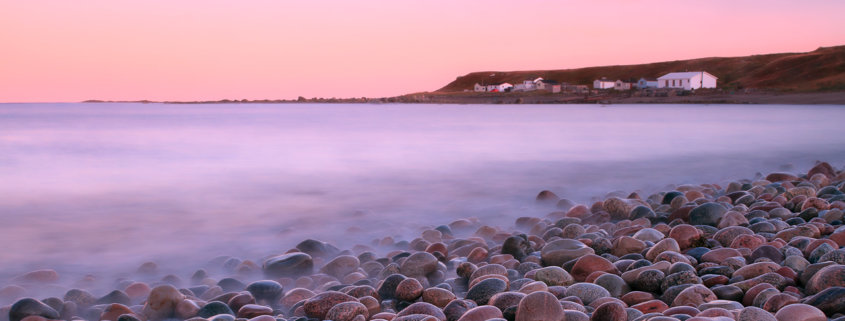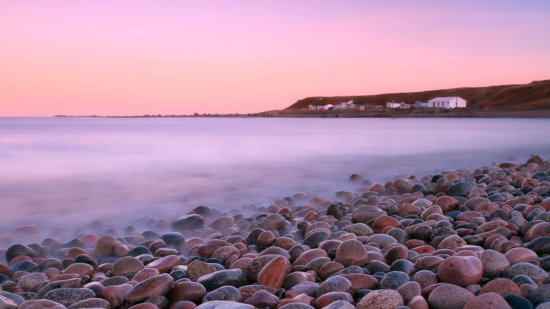Planning your next Photography Adventure
Planning a photography adventure can sometimes be a little intimidating. It can be a big investment in both time and money – what if you don’t get the shots? You don’t want to come home disappointed. Fortunately, there are many things you can do ahead of time to prepare for your trip and ensure you get the best photos possible. Don’t rely on luck!
Many things need to come together in order to make a great photograph. There’s a lot more to it than showing up with your camera in hand. Creating a timeless image has as much to do with the work that went in to the photograph long before the shutter was pressed as it has to do with what happened on the scene.
Researching a Location
How do you choose where to go on a photography trip? Sometimes you just see photos from a particular location and decide to put it on your bucket list. Maybe you’ve come across some photos from Iceland that you like and so you decide to go there. Other times you might have a specific type of photograph you want to make and then choose a location based on that. Maybe you want to do some bird photography so you decide to visit some wildlife refuges in Florida.
Either way, once you’ve chosen a general location, it’s time to do some initial research and explore the possibilities of the location. Here are a few research tools to help you get started:
- National Geographic: National Geographic has overviews on almost every place in the world. You will discover the range of subjects you will find, how to get there, and when to go.
- Photography Blogs: Learning about the experience of other photographers in a location is extremely valuable. When doing your search, enter the location and the words “photography” and “blog” to get some relevant search results.
- Google Images: When you search Google images, add the word “photography” to your search terms. That seems to take all the snapshots out of the images results.
- Photo Sharing Websites: My favorite tool these days for researching locations is Pinterest. Create a Pinterest board and collect your favorite photos from the area.
When To Go
What is the best time of year to visit the location? Do you want to be there when there are wildflowers or when there is snow on the ground? Research images taken in the area at different times of the year. If you are limited to a particular time frame, that might impact your choice of destination.
Set Goals
Once you have a general idea of what the possibilities are for your location, spend some time thinking about what your personal goals are. What kind of images do you want to make? What can you do that is unique? What are your creative options? Some possibilities may include:
- abstract images of patterns or textures;
- wide angle landscapes;
- images with a particular mood;
- images that tell a story;
- night photos;
- wildlife in the landscape.
Create a Shot List
From here, make a shot list of all the different types of photographs you want to come home with. For example,when I went to Everglades National Park in Florida and I knew there would be lots of birds. I made a list of all the different types of images I wanted to make including:
- bird standing in still water with reflection;
- sharp image of bird in flight;
- blurred image of bird in flight;
- silhouette;
- bird taking off from standing position with wings outstretched;
- multiple birds;
- close-up of bird with a fish.
Of course all of the opportunities may not present themselves but I find it useful to think of them ahead of time. Otherwise, when that bird is standing in the shade with bright light behind him I might think the bird is in bad light rather than recognizing my opportunity for a silhouette shot.
Techniques and Equipment
Before heading out on your photography adventure spend some time researching, learning, and practicing any new techniques you might need to make each type of shot on your list. For example, if you haven’t made very many night photos, don’t wait until you’re on the scene and then try to figure out what to do. Learn the techniques and make sure you have the right equipment ahead of time.
It’s also helpful to have your shot list on the scene so you can double check and see if you have everything you want before you leave the location.
Next Steps
Now it’s time to do some serious planning and get down to the logistics. Obtain some maps and get a good idea where you need to be. Is it on the top of a mountain? Is it anywhere close to the road? Plan out how you are going to get to a specific place at a specific time. Do you need to rent a car or can you get there via public transportation? How long will it take to drive to the location? Can you stay at a nearby hotel and drive there in the morning? Can you hike on the trail in darkness so you can get the sunrise shot? If not, you may need to hike there a day ahead of time and plan on spending the night in a tent so you can be in the wilderness at sunrise. Do you need a back country permit to do that? If you are doing a sunset shoot, will you be able to get back to your car in darkness?
These are just a few more things you can think about ahead of time that will help make your next photography adventure a success.







